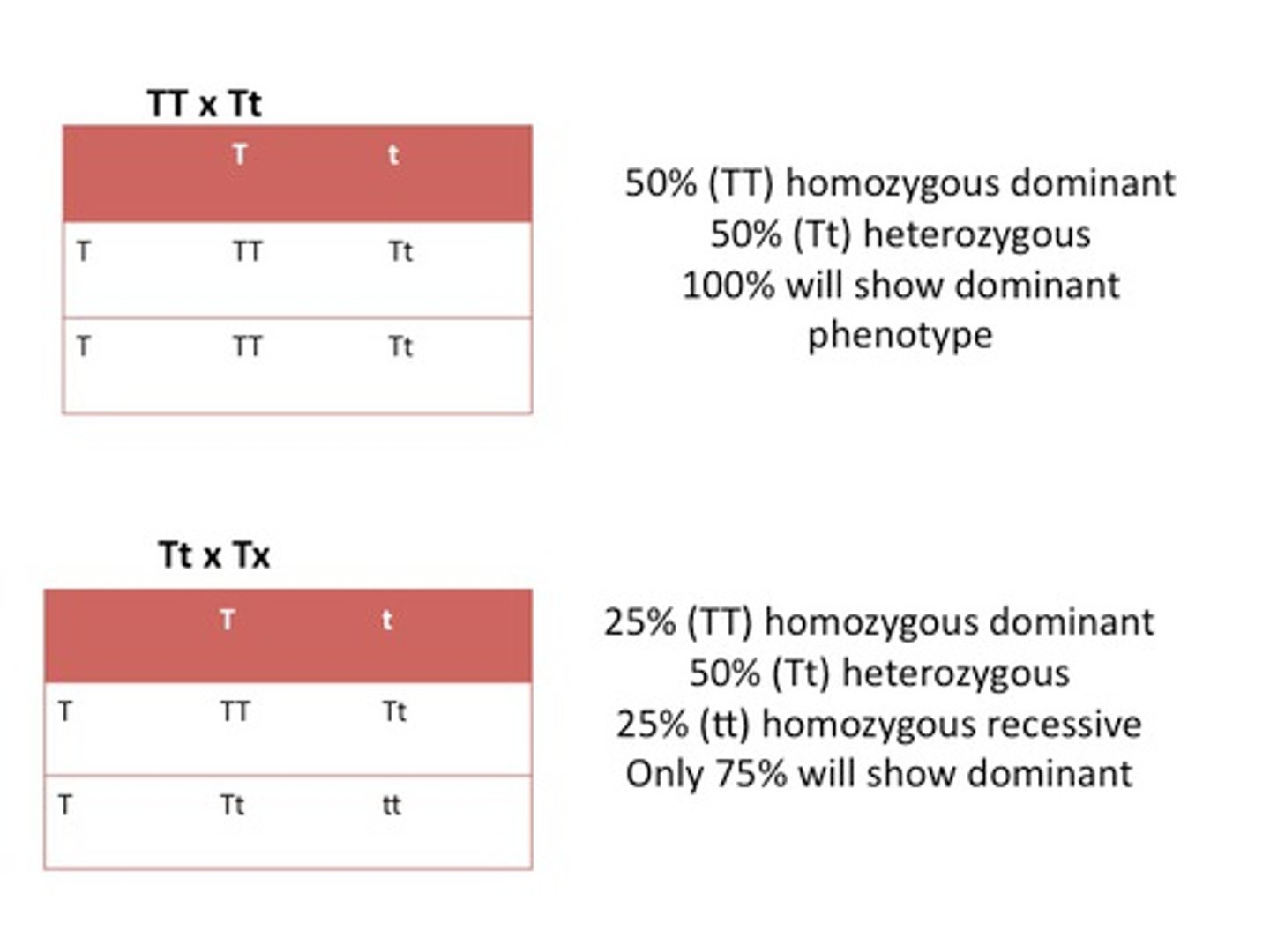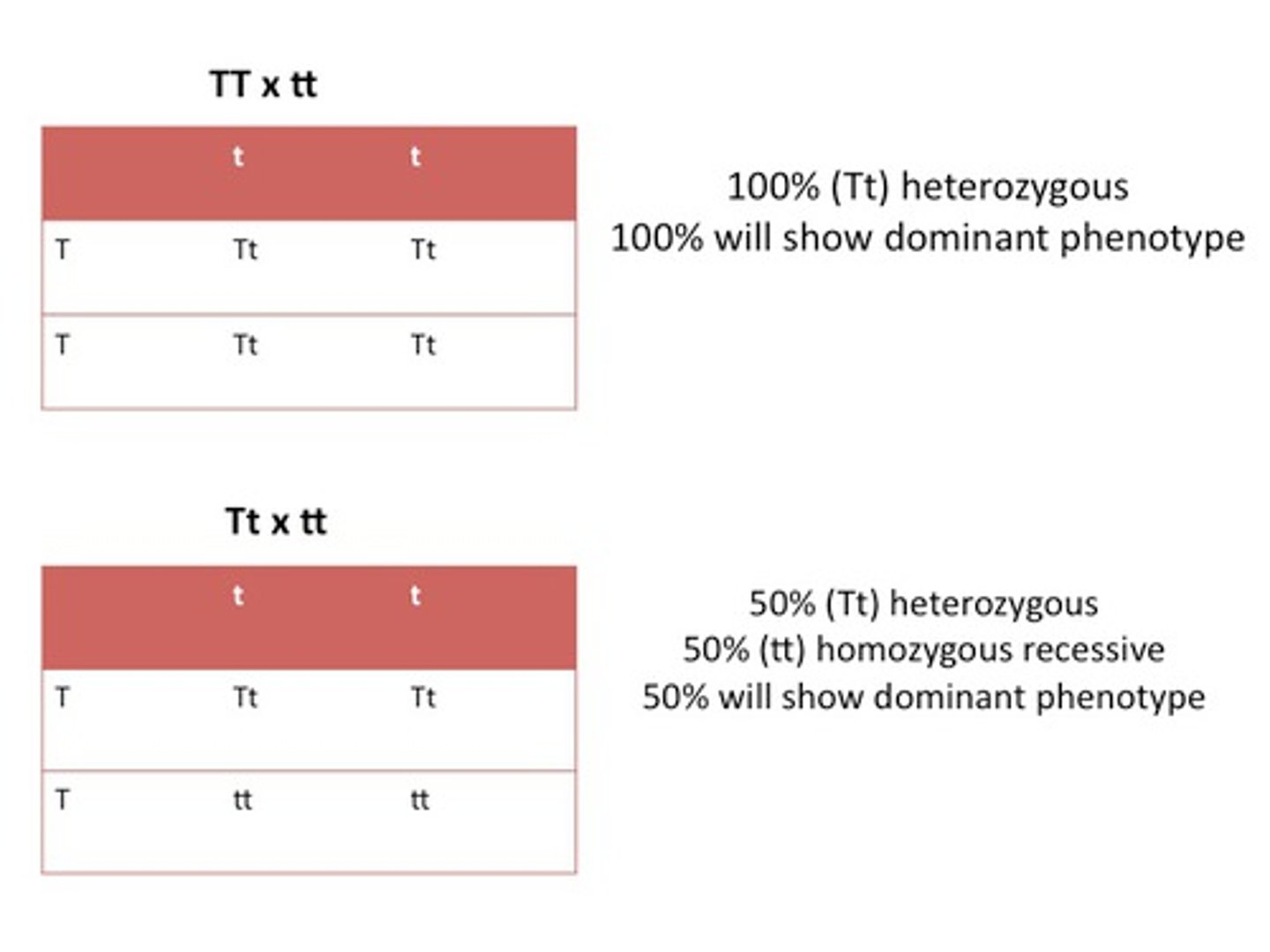Biology Review
1/46
There's no tags or description
Looks like no tags are added yet.
Name | Mastery | Learn | Test | Matching | Spaced |
|---|
No study sessions yet.
47 Terms
Taxonomy Order (Biggest to Smallest)
Kingdom, Phylum, Class, Order, Family, Genus, Species
Cell Wall
strong layer around the cell membrane in plants, algae, and some bacteria
Nucleus
a part of the cell containing DNA and RNA and responsible for growth and reproduction
Ribosome
small particle in the cell on which proteins are assembled; made of RNA and protein;
where amino acids are made into proteins
Mitochondria
Powerhouse of the cell, produces energy (ATP) from oxygen and sugar(Cellular respiration);
respiration takes place here
Endoplasmic Reticulum
a system of membranes that is found in a cell's cytoplasm and that assists in the production, processing, and transport of proteins and in the production of lipids;
folded transport system for the cell
Normal Cell Division
1. DNA (chromosomes) unwinds and is duplicated
2. Chromosomes line up in the center of the cell
3. Centromeres separate
4. Single stranded chromosomes move to opposite ends of the cell
5. A nuclear membrane forms around each set of new chromosomes
Plant cells
Contain chloroplasts (photosynthesis sites) and vacuoles (water storage areas) that are not found in animal cells
Photosynthesis
Plant cells turn sunlight, carbon dioxide and water into carbohydrates
Respiration
Animal cells turn carbohydrates, water and oxygen into energy. Waste product is carbon dioxide.
Mitosis
One cell makes two cells exactly like the first cell;
process by which the nucleus and duplicated chromosomes of a cell divide and are evenly distributed, forming two daughter nuclei
Diploid
cell with two of each kind of chromosome; is said to contain a diploid, or 2n, number of chromosomes;
2n-where n is the number of chromosomes
Meiosis
(genetics) cell division that produces reproductive cells in sexually reproducing organisms;
One cell makes two gamete cells
2n -> n
Haploid
(genetics) an organism or cell having only one complete set of chromosomes;
n - where n is the number of chromosomes
DNA
deoxyribonucleic acid, the material that contains the information that determines inherited characteristics;
Base pair matching is:
Adenine bonds ONLY with Thymine,
Thymine bonds ONLY with Adenine,
Cytosine bond ONLY with Guanine
Guanine bond ONLY with Cytosine
DNA Replication
The DNA double helix strand separates and becomes a template for a new and identical strand. As the strand separates each A pairs with a T and T pairs with an A while each C pairs with a G and each G pairs with a C. If the original was ACTCAG then the new strand would be TGAGTC.
Chargaff's Rule
equal amounts of adenine bonds with thymine and equal amount of guanine bonds with cytosine
RNA
(biochemistry) a long linear polymer of nucleotides found in the nucleus but mainly in the cytoplasm of a cell where it is associated with microsomes
In RNA, A pairs with U and C pairs with G. At this point the base Uracil is put in place of Thymine (so A now bonds only with U).
Ribosomal RNA (rRNA)
aids in protein formation.
Transfer RNA (tRNA)
reads the sequence of mRNA and structs the ribosome to assemble new proteins from amino acids that match. tRNA moves the amino acids and proteins around into the right places.
DNA vs RNA
DNA, sugar is deoxyribose, two strands, base - thymine
RNA, sugar is ribose, one strand, base - uracil, only molecule to enter or leave the nucleus
Genotype vs Phenotype
Genotype is the genetic makeup; what can be passed on to your children
Phenotype is the physical appearance; what is seen in you right now; how you look
Homozygous
Both alleles are the same (TT) for homozygous dominant or (tt) for homozygous recessive (I used the letter T for an example only. This could be any letter)
Heterozygous
Alleles are different (Tt)
Alleles
different forms of a gene
Chromosomes
threadlike structures made of DNA molecules that contain the genes
Genes
sequence of DNA that codes for a protein and thus determines a trait
Dominance
an organism with a dominant allele for a particular form of a trait will always exhibit that form of the trait. (ex. Bb ---The big B would be dominant;
Allele which masks the presence of a recessive
Ex: AA or Aa
Recessive
of genes;
Two recessive alleles in order for genotype to be expressed.
Ex: aa
Punnett Squares

Punnett Squares 2

Order of Organism Complexity
Cell, tissue, organ, organ system, organism
Evolution
Is change in organisms over time
Natural Selection
Process by which individuals that are better suited to their environment survive and reproduce most successfully; also called survival of the fittest
Survival of the Fittest
process by which individuals that are better suited to their environment survive and reproduce most successfully; also called natural selection;
One who has most surviving off spring most fit.
Pathogens
Cause infectious diseases
Parasites
Live off of a host and will eventually cause the death of the host
Primary producers
Are plants and they provide most of the food and oxygen;
the first producers of energy-rich compounds that are later used by other organisms
Linnaeus
scientist who came up with method of naming organisms with a 2 part scientific name called binomial nomenclature
Darwin's Theory of Natural Selection
1. More offspring are born into a population that can survive.
2. These offspring all contain variations
3. These offspring must compete for natural resources
4. The organisms with the best variations will survive and reproduce. (Survival of the fittest)
5. Over time, descent (the ancestors will be different from offspring) with modification will occur.
Mutations
change in a DNA sequence that affects genetic information;
can passed on to offspring if they occur in the gametes
Gametes
reproductive cells, have only half the number of chromosomes as body cells;
in humans, the egg or sperm
Stomatic
any body cell expect for sex cells
Biodiversity
Results in stability in an ecosystem. Biodiversity is a measure of the number and types of organisms that live in an ecosystem
Succession
(ecology) the gradual and orderly process of change in an ecosystem brought about by the progressive replacement of one community by another until a stable climax is established
Photosynthesis
How most food and oxygen on earth are produced; the energy comes from the sun
Homologous structures
Are structures that derive from the same body part but may have different forms, i.e. bird wing, bat wing, human arm